Description
Long Ixora , Singapori Ixora – Plant
Ixora long, commonly known as Singapori Ixora, is recognized as the Ixora plant. A genus of flowering plants in the family Rubiaceae, it belongs to the tribe Ixoreae, constituting the only genus in this tribe. Encompassing approximately 544 species, it is characterized by tropical evergreen trees and shrubs. Although distributed across tropical and subtropical regions worldwide, its primary diversity thrives in Tropical Asia. In subtropical climates within the United States, such as Florida, it is familiarly referred to as West Indian jasmine.
Leathery leaves, ranging from 3 to 6 inches in length, are possessed by the plants, and large clusters of red, yellow, white, or orange flowers, resembling puffballs, emerge from evergreen leaves, generating sizable clusters of minuscule flowers during the summer.
Preferential to acidic soil, the Ixora members are well-suited choices for bonsai and are favored selections for hedges in various parts of South East Asia. Flourishing all year round in tropical climates, they find common employment in Hindu worship, ayurveda, and Indian folk medicine.
Long Ixora plant specification
- Ixora should be watered as needed to keep the soil evenly moist.
- Although the plant prefers moist soil, excessively wet soil can cause it to rot.
- During the winter, water the shrub sparingly.
- Feed Ixora in early spring with an acidic fertiliser formulated for Ixora, azaleas, and gardenias, with a ratio of 4-8-8 and beneficial minor elements.
- Repeat in the middle of summer and autumn.
- An acidic fertiliser is especially important if the foliage turns yellow, indicating a magnesium deficiency caused by poor soil pH.
- Remove the mulch and top crust of soil in the spring.
- Fresh mulch should be used to replace the removed mulch and soil.
- Prune Ixora after blooming has slowed in late autumn or whenever the shrub appears untidy.
- Prune each shoot to one bud or prune the shrub as needed to achieve the desired size and shape.
- Keep aphids and scales away from Ixora.
- Aphids are tiny green insects that congregate at leaf and stem joints or on the undersides of leaves.
- Scales are hard-shelled insects that add a waxy appearance to the foliage.
- Both pests are usually controlled by using an insecticidal soap spray or neem oil on a regular basis.
Care tips for Long Ixora plant:
- Sunlight: Bright Light, Indirect Sunlight in Summer.
- Watering: Keep soil moist, reduce watering in the winter.
- Humidity: Very high humidity is preferred.
- Soil Type: Moist but well drained.
- Fertilizer: Spring is the best time for feeding with slow-release Fertilizer or twice in month with organic fertilizer.


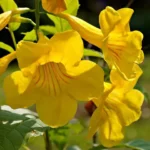
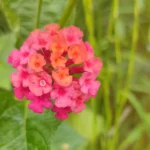
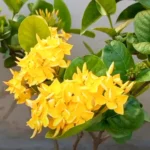
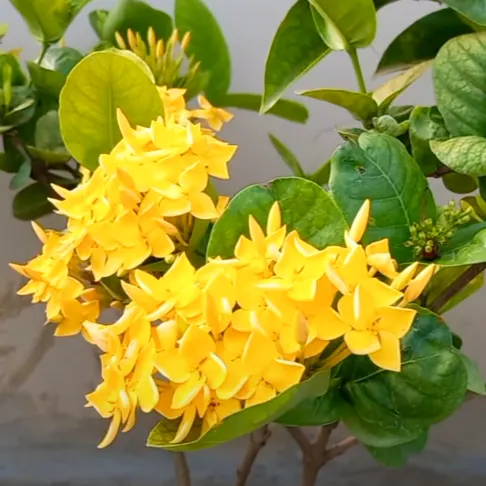
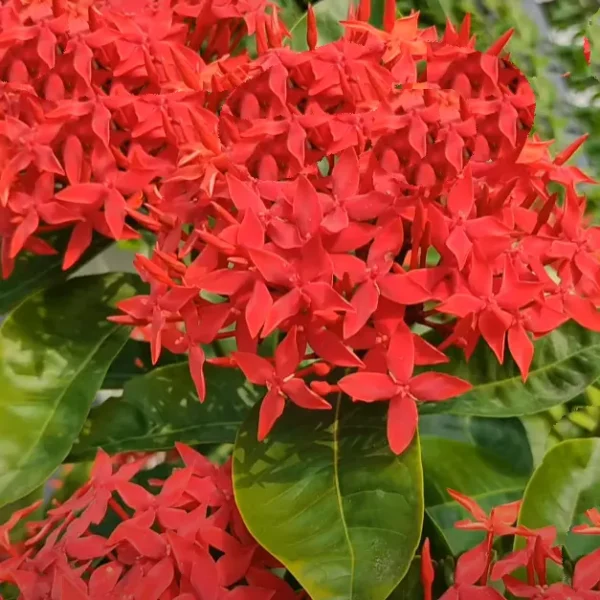
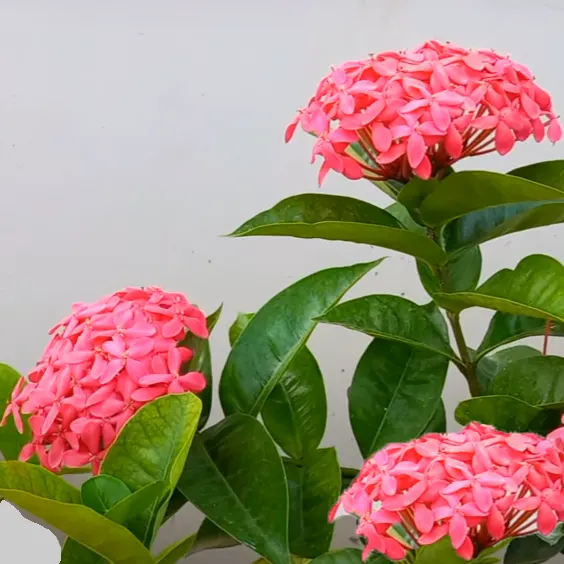
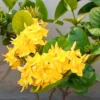
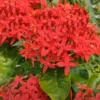
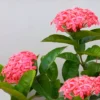
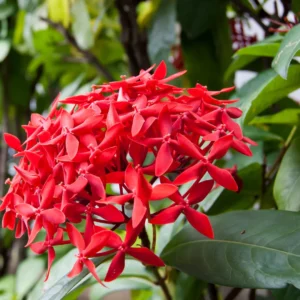
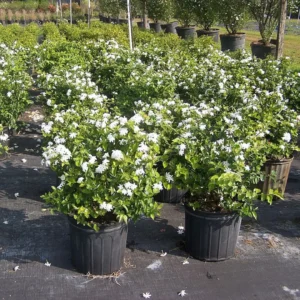
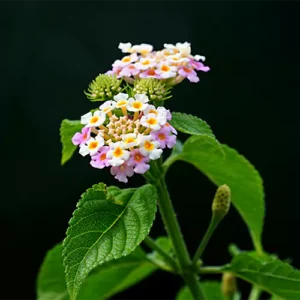
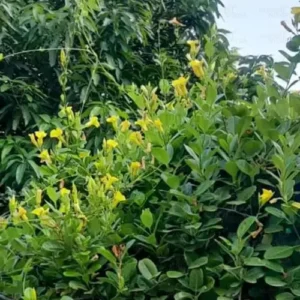
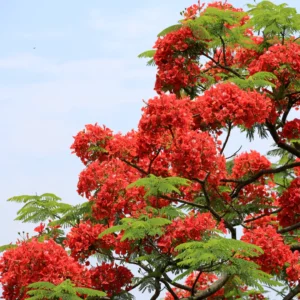
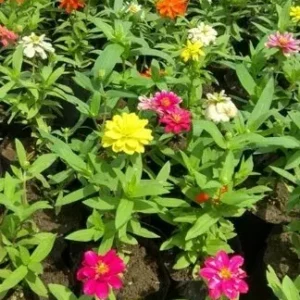
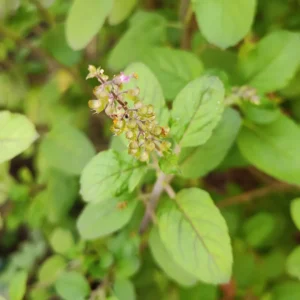
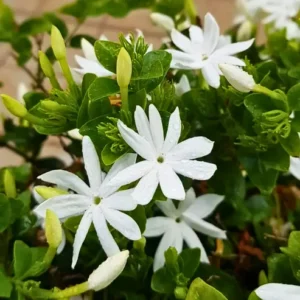
Reviews
There are no reviews yet.